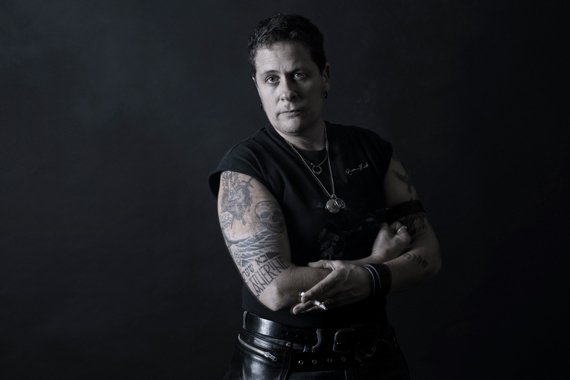Beatroute • Thursday 13th, April 2017 • by Kendell Yan
VANCOUVER – SD Holman has been a participating artist with Pride in Art (PiA) since its inception in 1998 as a volunteer-run community visual art show. In 2010, PiA rebranded as the Queer Arts Festival (QAF), has since then achieved charitable status, and is currently recognized as one of the top five of its kind across the globe. Besides being passionate about the environment and animal welfare, SD works with artists through QAF as the artistic director to promote visibility and respect for all of us who transgress sexual and gender norms with the transformative power of the arts.
BR: Can you describe your experience working with the Pride in Art Society as the Artistic Director of the Queer Arts Festival?
SD: When Two-Spirit artist Robbie Hong was ready to move on as the primary organizer, I stepped up. My goal was to ensure artists would be paid for their work; to become professional and support contemporary art — so the collective incorporated as a non-profit, expanded to become a festival open to all artistic genres, and began applying for grants. The funders told us we needed to hire paid staff to become ‘professional’, and the other artists nominated me. I protested — I’m learning disabled, and never thought of myself as an administrator — but they insisted that I was already doing the work, and a decade later, I’m still doing it, together with a fabulous crew of queer artist/administrators/activists.
I started work with the festival because there was no place for me as an artist. I wanted to provide a professional venue where art is presented in a queer context. Queer art is relentlessly discredited as too emotional or obsessed with sexuality, often dismissed as amateur, or unworthy of the definition of art itself. Art history is teeming with queers, but their identities as such are rarely acknowledged — even in retrospectives or obituaries of prominent queer artists today, their work is seldom contextualized as queer. This context is important, as composer Barry Truax wrote: “Art is said to mirror society, but if you look in the mirror and see no reflection, then the implicit message is that you don’t exist.” And queer teens — who are seven times more likely to attempt suicide than their straight peers — are clearly getting that message.
BR: How has this complemented/influenced your own artistic practice?
SD: In some ways, it’s eaten it alive. In others, it’s fed it — I have met, supported, and been supported by so many fascinating, talented artists through QAF, who have inspired me and sparked ideas. And QAF has helped grow a movement worldwide, so that there are more places now that consider my work seriously than there were in 1998.
BR: Can you tell me a little about UnSettled and the importance of decolonization and Indigenous Two-Spirit perspectives within the QAF? Within the LGBTQ2+ community at large?
SD: QAF 2017: UnSettled is a Two-Spirit curated festival. The term “Two-Spirit” is used by many Indigenous people in reclaiming and restoring traditional Indigenous concepts of gender, sexual, and spiritual identity — often inclusive of LGBTQ+.
Many contemporary queer struggles focus on changing the way our society thinks about gender — for example, the current battles around pronouns, or bathrooms. Yet how many people know that non-binary gender was once the norm here? Two-thirds of the 200 languages indigenous to this continent conceive of gender norms as having between three to six categories. These non-binary genders, and the people who identified with them, were brutally suppressed by colonial heteronormativity, especially through the residential school system.
So in 2017, as we look back on the last 150 years, we’re also asking what’s the best way to build a better future for queers? Amplifying the voices of Two-Spirit artists was for QAF the most relevant choice.
I invite a guest curator to select the artists for our visual art exhibition each year; for 2017, I expanded that practice to the other artistic disciplines as well. I’m delighted to present to Vancouver works brought to us by Adrian Stimson, Cris Derksen, Kinnie Starr, Full Circle First Nations Performance, and Vancouver Indigenous Media Arts Festival, to name a few of our partners.
BR: Are there any particular events/galleries you are most excited about for the upcoming festival this summer?
SD: I’m excited about every single event at the Queer Arts Festival, which runs from June 17–29, 2017.
But if I had to single out a few highlights, I’d particularly recommend:
UnSettled | June 17–29
Two-Spirit Blackfoot visual art curator Adrian Stimson curates an exhibition of Indigenous work exploring Two-Spirit identity in Canada. Performance art curated by Stimson will take place at the opening Gala on Saturday June 17, 7–10 p.m.
MSM [men seeking men] | June 20 & 21 | 7 p.m.
A dance deconstruction piece by lemontree creations, inspired by online Grindr ‘hook-up’ culture.
Unsettling Colonial Gender Boundaries | June 23 | 7 p.m. | with VIMAF
Local curators June Scudeler and Lacie Burning program an evening of Canadian Two-Spirit film, video and new media art.
Cris Derksen’s Orchestral Powwow | June 24 | 7 p.m.
The Chippewa Travellers and the Allegra Chamber Orchestra perform cellist/composer Cris Derksen’s Juno-nominated composition.
Kinnie Starr, DJ O Show & Tiffany Moses | June 26 | 7 p.m.
Poetry and electronic music by Kinnie Starr, DJ O Show and Tiffany Moses, performing with guests from QAF’s young artist program.
Greed / REsolve | June 27 & 28 | 7 p.m. | with Full Circle First Nations Performance
Commerce, greed, and disenfranchisement are key themes in these two paired dance works by Byron Chief-Moon and JP Longboat.
BR: In your artist statement you start by discussing what you call “the dark pond” and end on a note about cognitive dissonance and paradox within your artistic framework. Does being queer inform your concerns with dissonant concepts?
SD:
The word “queer” by definition implies dissonance — it stems from the German “quer”, meaning oblique, or cutting across categories. As our 2016 visual art curator Jonathan D. Katz wrote: “Queerness works a seduction away from naturalized, normative and thus invisible ideological creeds, towards a position that is precisely other to, at a tangent from, social expectation. In deviating from social norms, queer art thus calls the viewer, of whatever sexualities, to an awareness of their own deviancy.”
I would be really happy to talk more about my own work at another time, in another interview. There’s a strong tendency, in looking at collaborations between Indigenous and non-Indigenous artists or arts organizations, to focus the lens on the non-Indigenous collaborators. So I’m deeply involved and deeply invested in UnSettled, as artistic director of QAF, but I’m not the story here.
However, I’ve been around long enough to know that if I answered interview requests with, “Don’t talk to me, talk to these artists instead,” the festival would likely just lose a lot of media coverage. But it feels not quite right, in the context of promoting UnSettled, to be publicizing my own work. I’d like to close instead with words by QAF’s visual art curator this year, Adrian Stimson:
“For too long, the absence of representations of Two-Spirit people, art, and being from contemporary popular culture has been equally embedded in hegemonic practices of colonization. With UnSettled I explore the art and being of Two-Spirit artists, and in turn, they expose the issues of historical extermination of Two-Spirit people, the lack of alternative aboriginal sexuality and gender in contemporary Western culture/media, the Two-Spirit movement and future as a part of the reclamation of Two-Spirit identity and practice.”
— Adrian Stimson
BR: Is there anything I haven’t addressed that you would like to speak about?
SD:
Start something.
Stop something.
Buy art, not drugs.
Change the world.

